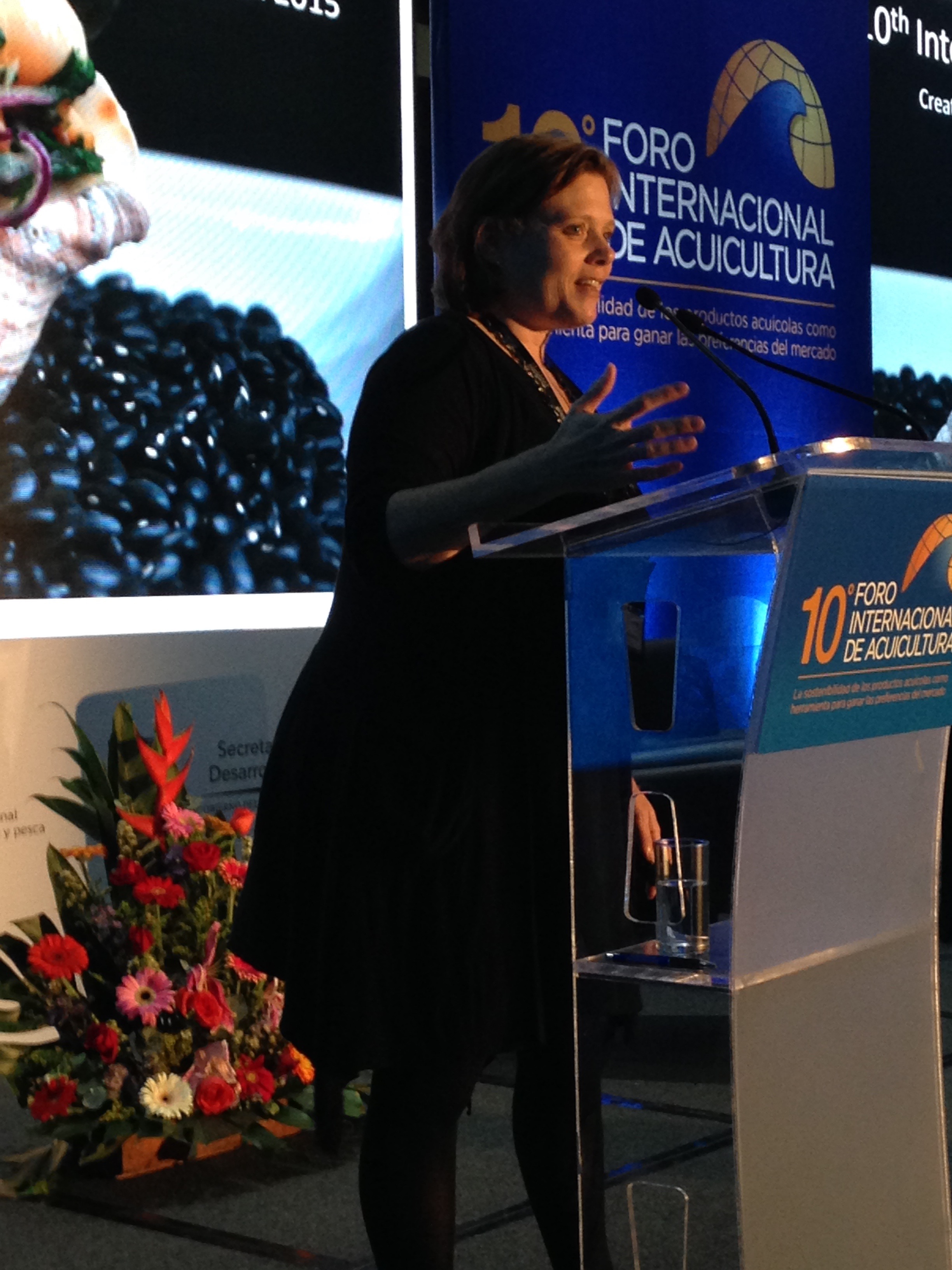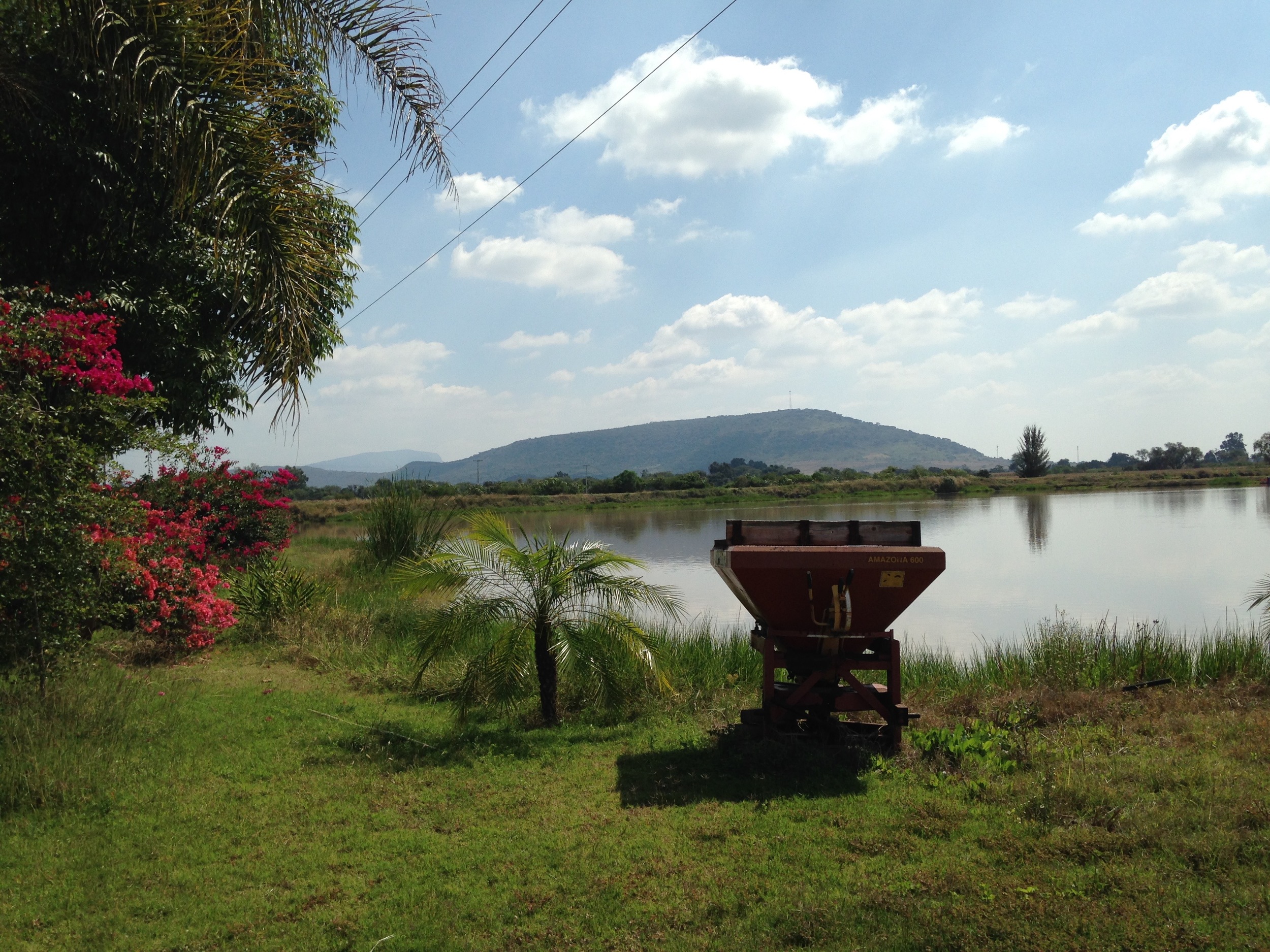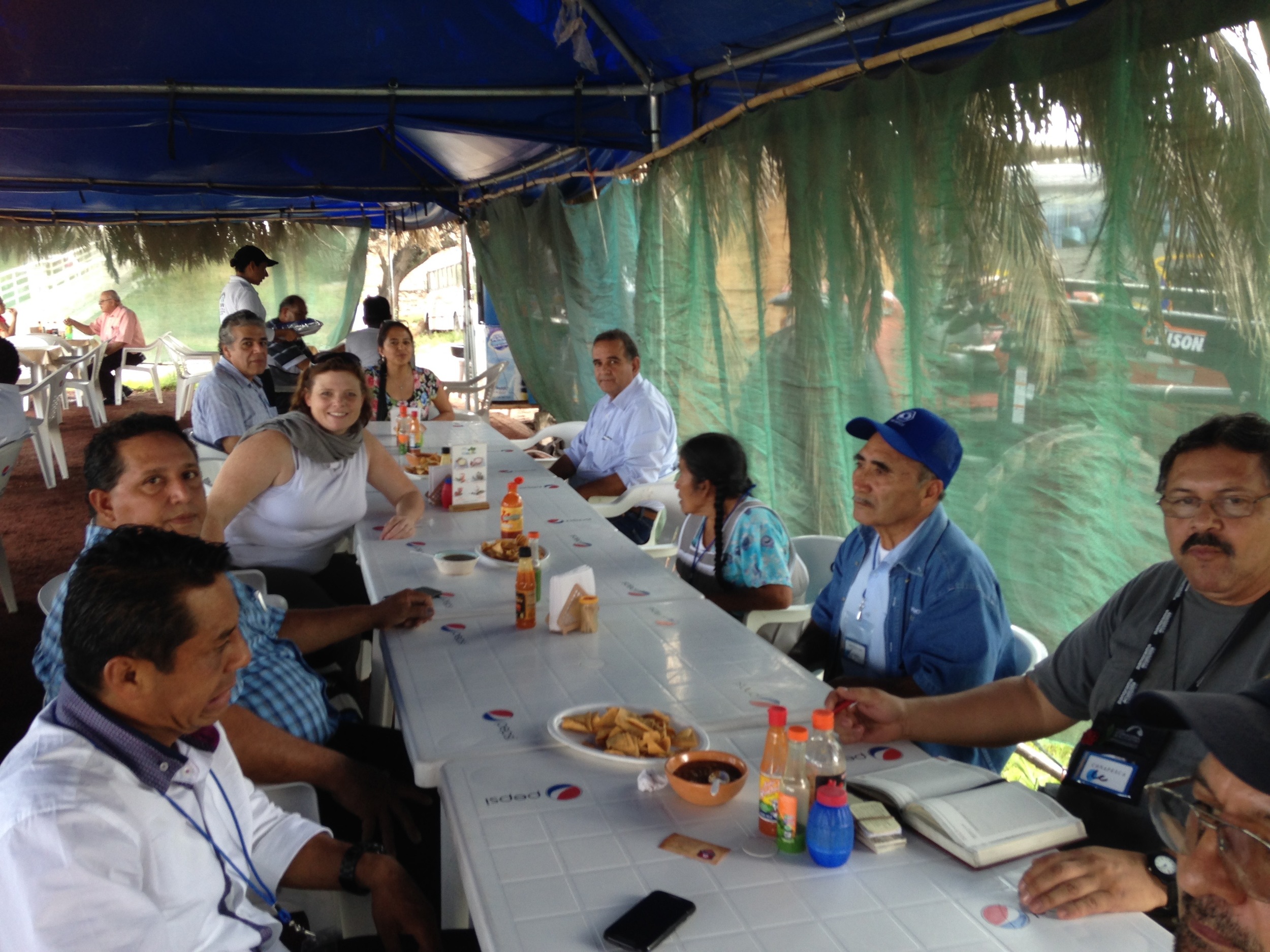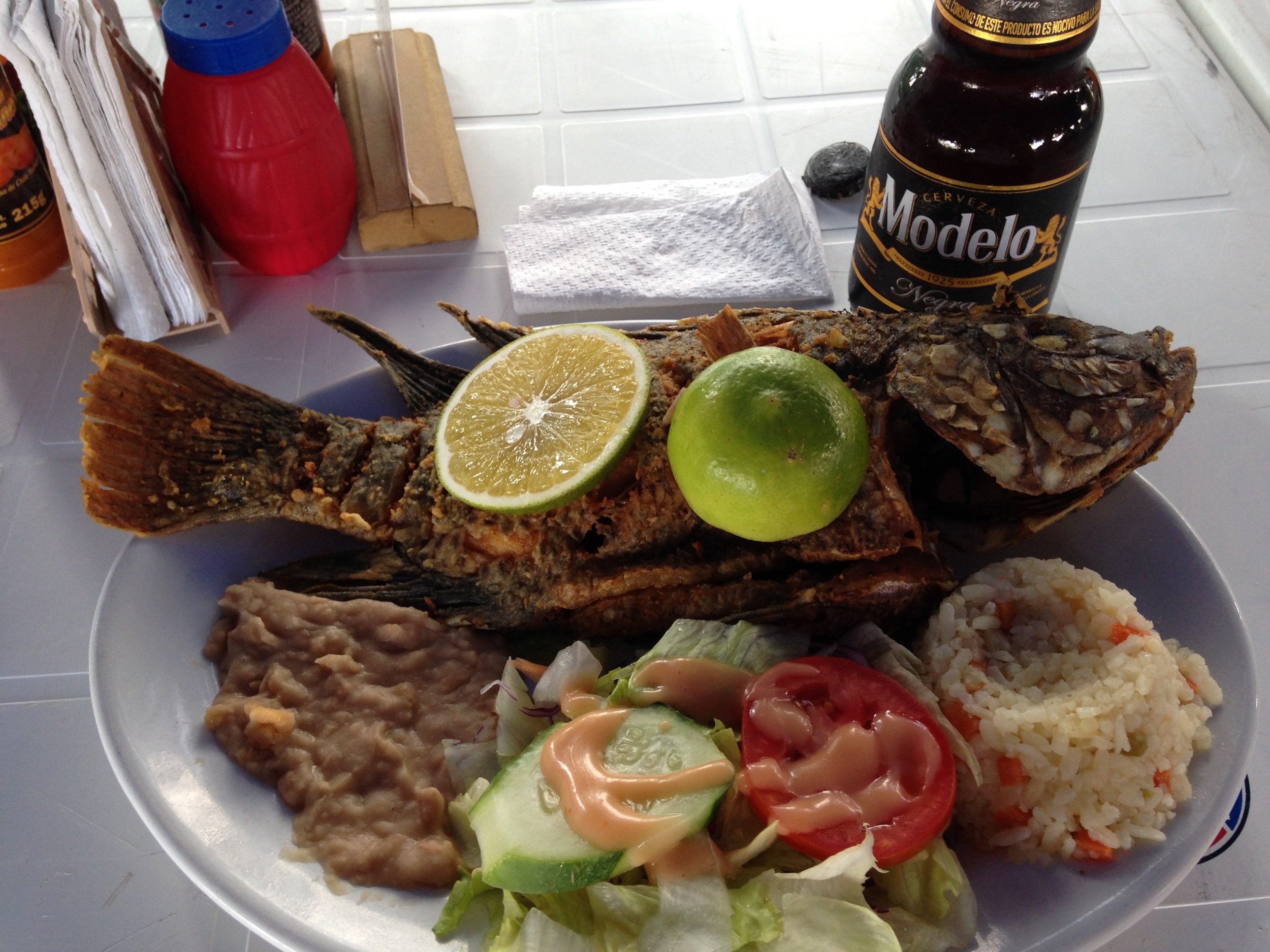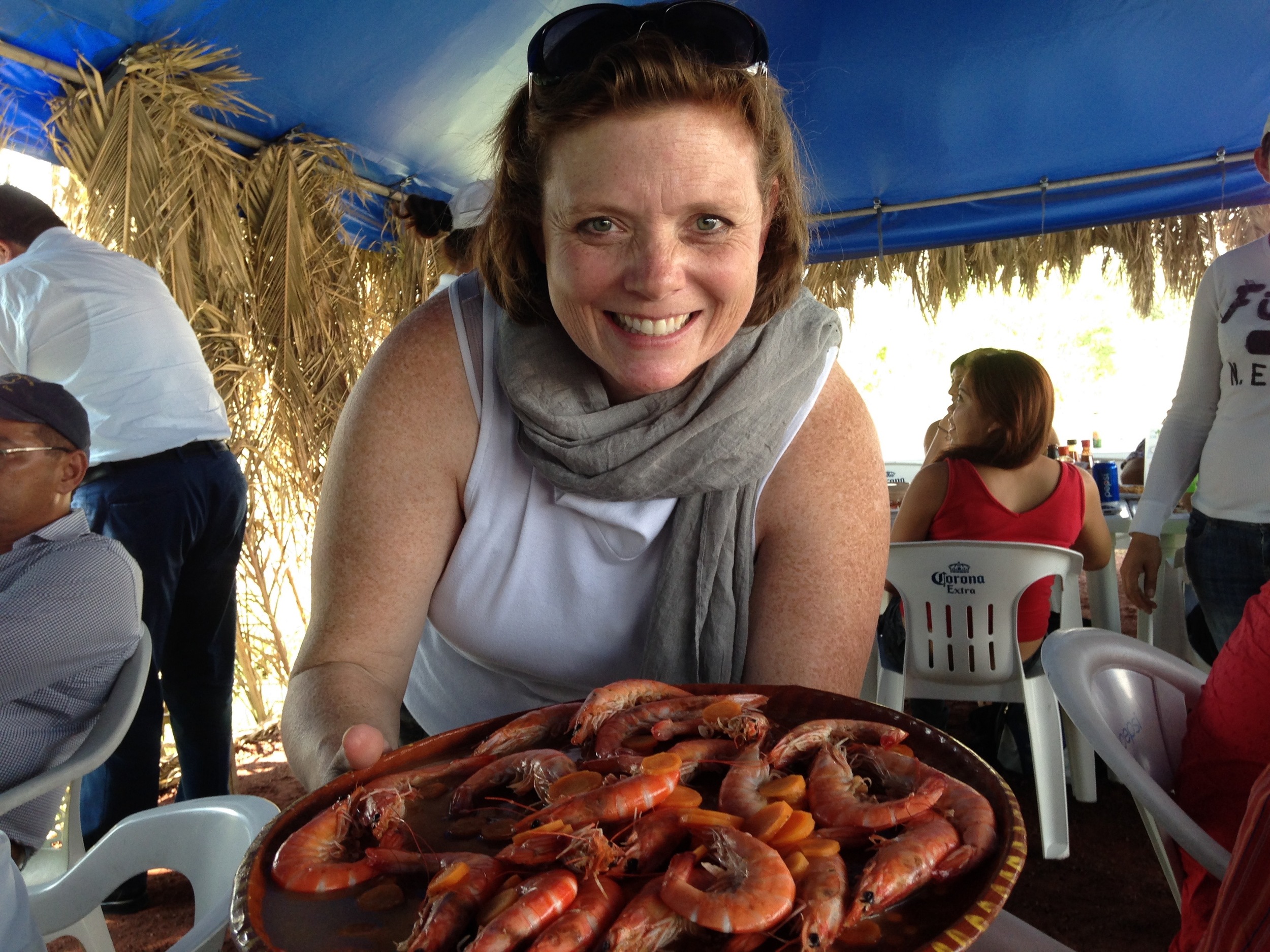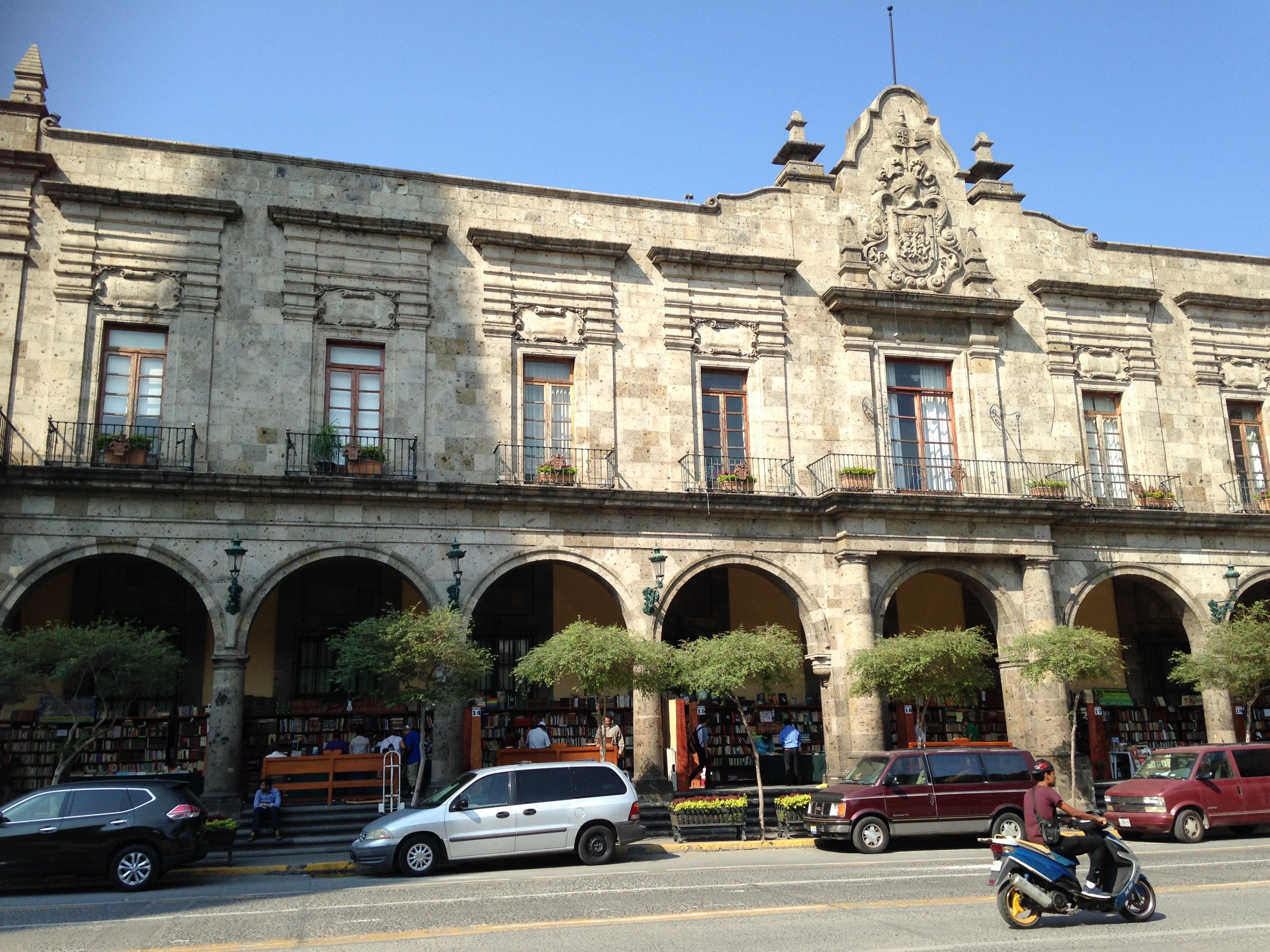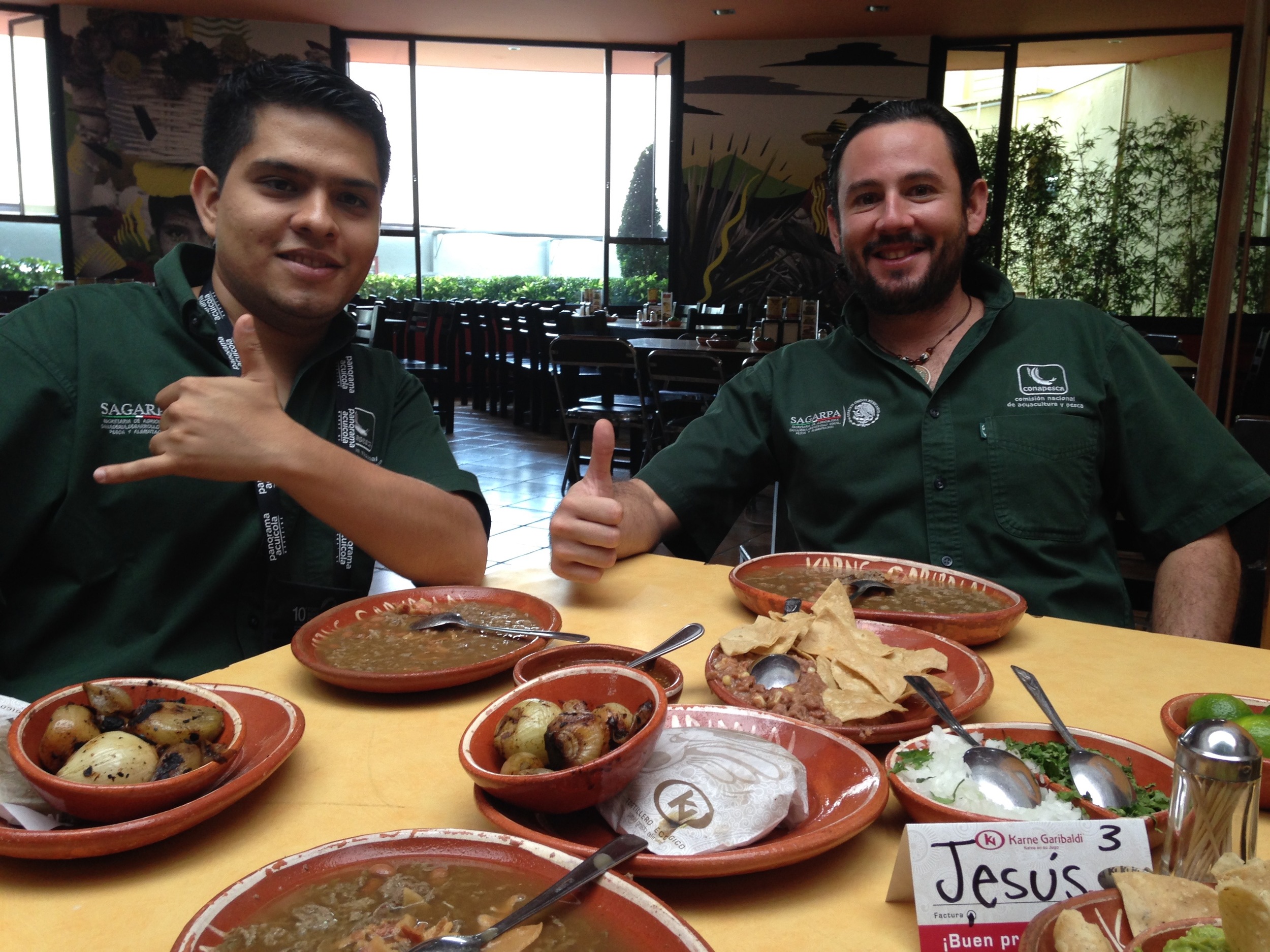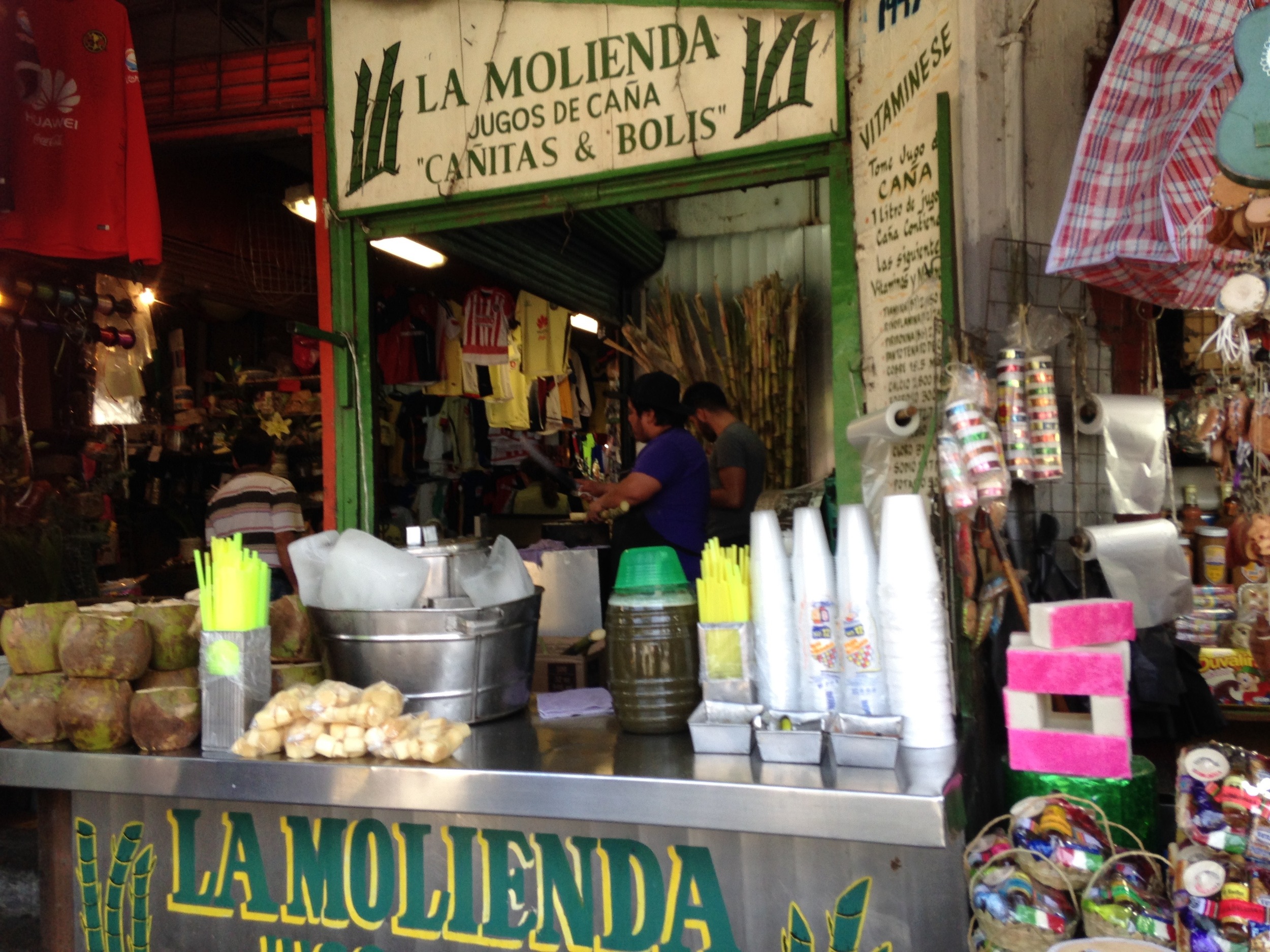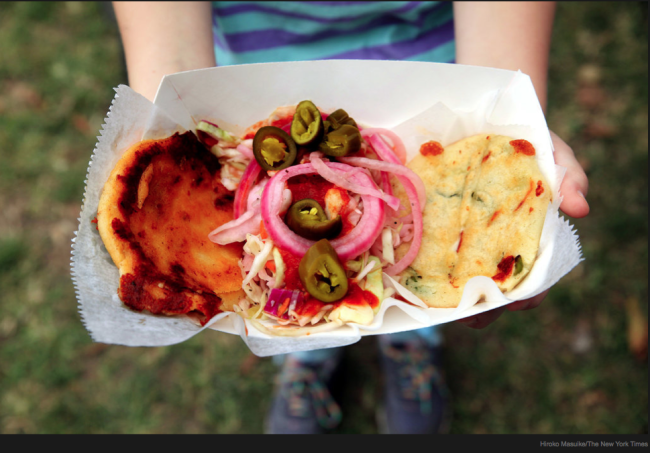Our favorite finds from the front lines of food.
This summer will mark the 10th anniversary of one of the best (not just food) ads of all time. Created by director Juan Cabral, the 2007 idea was not popular but he ultimately prevailed. "A brand needs to go to the heart and not to the brain. Gorilla is - in those 90 seconds- trying to take you somewhere". How are you going to celebrate this landmark anniversary? (Guardian)
Algae here, algae there, algae everywhere.....no it's not the latest Dr. Seuss crazy, its what's in your food! It's already in baking mixes, cookies, milk, non-dairy creamer, vegan eggs, salad dressings, ice cream, smoothies and so on. Are you ready for the algae revolution? (Fast Company)
We heard a lot of support last week across social media channels for "A Day Without immigrants". One of our absolute fave chefs, Jose Andres, stepped up to close his restaurants to make this very important point. But it was not just the top chefs or the mom & pop shops. CNBC reported that some McDonald's closed for the day in support as well. (Washington City Paper, CNBC)
What is your favorite ice cream? Coppa, a retailer in Juneau, Alaska, has their answer - Candied Salmon Ice Cream. Yup....they walked away with the Symphony of Seafood top prize this last week. Other winners included a pool and spa clarifier, a leather clutch, coho salmon bottarga, salmon chowder, salmon bites (for babies) and Orca Bay's albondigas and jjamppong soups. What a list! (SeafoodSource)
It looks like Mexico's sugar tax is starting to have an effect on consumption but the jury is still out on how much impact it might have on obesity. (Guardian)

